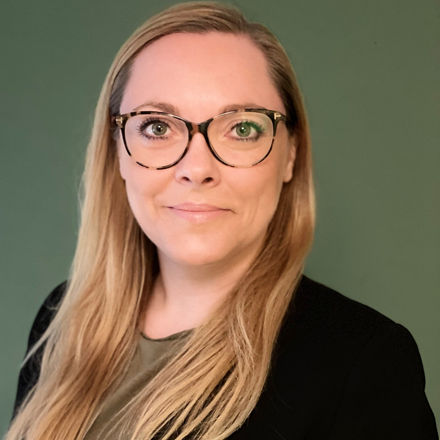Life in the fast lane: air taxis
No revolutionary innovation ever came completely out of nowhere. Engineers develop ideas that float in the air of creativity before they land in reality. It is only in the public consciousness that these new developments sometimes arrive late. The best example: Reports about air taxis are still very often introduced in the media with the remark that such means of transportation are “no longer science fiction“. As if the journalists still have to convince themselves. The autonomous car, on the other hand, seems more a question of “when?“ It is very possible that air taxis will be part of our daily lives even before fully autonomous vehicles. All over the world, models and prototypes are being developed, are making their maiden flights, and manufacturers around the world are reporting new milestones. Startups are collecting investment funds or are already entering into long-term cooperation agreements with potential users. The future is not just around the corner, it is already making its home in hangars and airports sporting a somewhat unwieldy official name: “Electric powered vertical takeoff and landing aircraft“, eVTOL for short.
There is still plenty of room in the airspace
There are reasons for the engineers‘ zeal and the high interest of investors, and these have to do with urbanization, mobility issues and with increasing freight traffic. “If everyone has a car, nothing moves,“ says Analli Carvalho, Business Development Manager for Air Taxis & Commercial Aviation at Performance Foams at Evonik. In London, Paris, New York, and St. Petersburg, people are already stuck in traffic jams for an average of 150 hours a year; in Bogota and Rio de Janeiro, the figure is just under 200 hours a year. “So it‘s very logical to move passenger transport skyward - there‘s still plenty of room up there,“ says Carvalho. Particularly as increased congestion is projected: Delivery traffic has doubled in the past few years in many countries, partly due to online trading, and continues to grow in volume at an estimated 17 percent per year. The trend is continuing. Dr. Alexander Roth has an eye on all these factors as well as on the development of air taxis and all other new market trends and activities in the Aerospace Industry, because he leads the Aviation Transportation segment for Evonik‘s ROHACELL® Performance Foams business.

Isabel Ramor
Head of Market Communications High Performance PolymersSpoken languages: german , english
